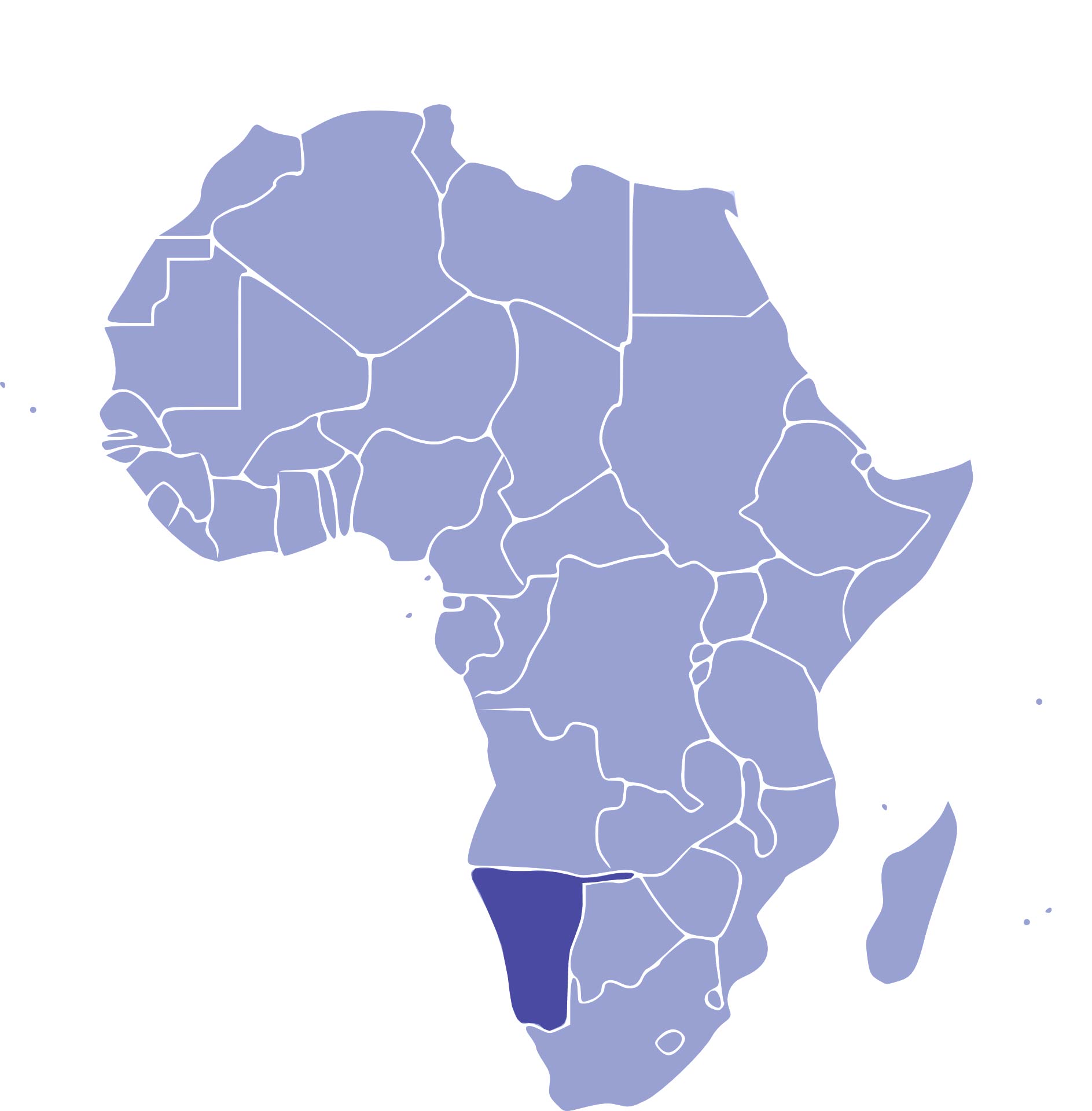
Namibia in a nutshell
Namibia is Africa’s most sparsely populated country and has vast open space, with a total surface area of 824 269 km² and a population of 2,2 million. Namibia is known for its post-independent stability after 1990,when it gained independence from South Africa.
Namibia is bordered by Angola, Botswana, South Africa and Zambia. The country's central location, both in terms of maritime routes and land routes, makes Namibia a logistically good place for businesses to further enter Southern African markets.
- Population: 2.2 million
- Currency: Namibian dollar
- Capital: Windhoek
- Language: English; various other tribal languages
- Main exports and imports:
- exports: meat, fish products, mining
- imports:

Maritime, shipbuilding & logistics in Namibia
In progress
ICT in Namibia
In progress
Automation in Namibia
In progress
Renewable energy in Namibia
Current situation of the energy sector
- energy sources: oil, coal, hydropower, solar and wind energy (and imported electricity)
- main domestic electricity source is hydropower
- share of renewable energy
- renewable energy potential:
- Solar energy
- short descriptions of the circumstances and potential in the country
- PV, solar thermal solutions, CSP
- Wind energy
- short descriptions of the circumstances and potential in the country
- coastal area, e.g. Lüderitz
- Bioenergy
- short descriptions of the circumstances and potential in the country
- encroacher bush
- Solar energy
- tariffs
- Renewable Feed-in Tariff (REFIT)
- electricity network and power supply
- power supply interruptions
- the condition of the grid is not at the same level as in Central Baltic countries, and e.g. power outages occur.
- Access to electricity: 57 % of population has access to electricity
- Important actors in energy sector: NamPower, Erongo RED, Cenored, Nored, Electricity Control Board, The Ministry of Mines and Energy, IPPs
Future needs
- Energy demand: energy consumption is believed to be increased
- need of (sustainable) energy, especially electricity
- energy efficient solutions
- electrification
- electricity especially for rural areas
- plans, e.g. development plans (national goals/plans for renewable energy use, electrification etc)
Business opportunities in the renewable energy and energy sector
- Renewable energy solutions: solar, wind and bioenergy
- Power generation as IPPs
- Construction of new power stations & new plant equipment
- Energy efficient solutions to decrease energy consumption
- Upgrades for electricity network & transmission and distribution equipment
- Demand-side management solutions
- Control systems
- Engineering services
There is a need for a comprehensive solution where the suitable product and service are both considered.